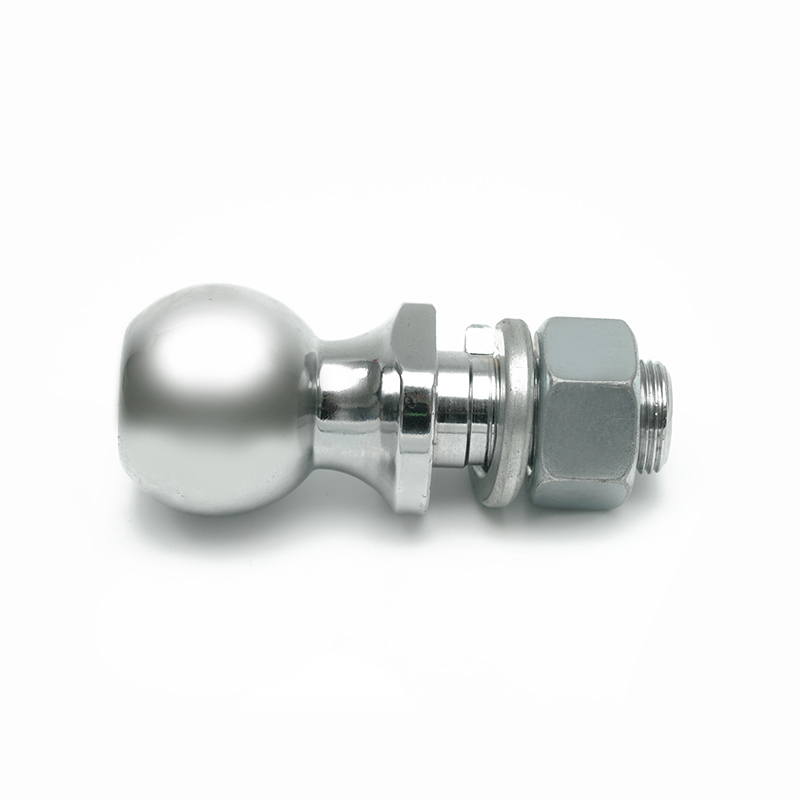Guide rail screws differ significantly from standard screws in their design, materials, and functional purpose. While standard screws serve as general-purpose fasteners used in a wide variety of applications, guide rail screws are specialized components engineered specifically for mounting and securing guide rails in machinery, automation equipment, conveyor systems, and precision mechanical assemblies. The differences stem from the unique demands of guiding systems, which require precise alignment, vibration resistance, and long-term reliability.
Design Differences
1. Head Design and Drive Types
Guide rail screws often feature heads designed to facilitate higher torque application and secure fastening. Common head styles include hex heads, socket heads (Allen), flange heads, or even countersunk heads with integrated washers. These designs provide better torque control during installation, allowing installers to achieve tight fastening without damaging the screw or surrounding components. In contrast, standard screws may have simpler head designs such as pan heads or slotted heads that are less optimized for high-torque applications.
2. Thread Specifications and Precision
The threads on guide rail screws are typically fine-pitched, with tight tolerances and specific profiles engineered to create a secure, vibration-resistant engagement with the mating components. This precision threading is crucial to minimize any looseness or movement once installed, as even slight shifts can cause misalignment in guide rails, leading to reduced accuracy and mechanical wear. Standard screws often have coarser threads designed for general fastening where such precise fitment is not as critical.
3. Material Selection and Surface Treatments
Guide rail screws are generally manufactured from high-grade materials such as alloy steels, stainless steels, or other corrosion-resistant alloys that provide superior strength and durability under demanding industrial conditions. To further enhance their performance, these screws often undergo surface treatments including zinc plating, black oxide coating, galvanization, or even specialized anti-corrosion and wear-resistant coatings. These treatments protect against rust and corrosion, which is vital for screws exposed to varying environmental conditions and contaminants. Standard screws may be made from softer materials with less stringent surface protections, making them less suitable for harsh environments.
4. Dimensional Optimization
Guide rail screws are produced in specific lengths and diameters optimized to fit the profiles and mounting holes of guide rails precisely. This ensures adequate thread engagement without protruding excessively or interfering with moving parts. The exact sizing helps maintain the mechanical integrity of the assembly and prevents obstruction of rail movement. Standard screws, by contrast, come in a wider variety of sizes for general use and may not be optimized for such precise applications.
5. Additional Features
Some guide rail screws incorporate additional design elements such as integrated washers, locking features (e.g., nylon inserts, thread-locking compounds), or flange heads that distribute load evenly to prevent damage to the rail mounting surfaces. These features contribute to enhanced security and ease of maintenance. Standard screws often lack these specialized additions.
Functional Differences
1. Primary Role: Securing and Aligning Guide Rails
Guide rail screws are fundamentally designed to securely fasten guide rails that direct the linear or sliding motion of machinery components. Maintaining perfect alignment and rigidity of these rails is crucial for the precision, efficiency, and longevity of mechanical systems such as CNC machines, automated assembly lines, and conveyors. The screws must hold the rails firmly without any play or vibration-induced loosening. Standard screws do not necessarily provide this level of precision or resistance to dynamic forces.
2. Resistance to Dynamic Loads and Vibrations
Guide rail screws are expected to perform reliably under dynamic operating conditions where machines generate constant vibrations, shocks, and cyclic loads. Their design and material composition allow them to maintain fastening integrity over long periods, preventing loosening or failure. Standard screws, especially those not designed for high-stress environments, can loosen or fail prematurely when subjected to similar conditions.
3. Facilitation of Maintenance and Adjustment
Certain guide rail screws are designed with features that simplify maintenance tasks such as easy removal, re-tightening, or adjustment without damaging the rails or surrounding components. For example, captive washers or locking nuts help prevent loss of parts during servicing. This contrasts with many standard screws which may lack such maintenance-friendly features.
4. Compatibility with Precision Components
Guide rail screws must be compatible with precision-engineered guide rails, which often have tight tolerances and surface finishes. The screws contribute to preserving the system’s overall precision by preventing misalignment caused by improper fastening or mechanical play. Standard screws, with less stringent manufacturing tolerances, are generally unsuitable for these critical applications.

Summary
In conclusion, guide rail screws differ from standard screws through specialized design elements such as precision threading, optimized head types for torque application, high-strength corrosion-resistant materials, and added features to enhance fastening security and maintenance ease. Functionally, they play a critical role in ensuring the secure, stable, and precise mounting of guide rails that guide linear motion in mechanical systems. These screws are engineered to withstand dynamic loads, vibrations, and environmental factors that typical standard screws may not endure reliably.
By providing superior mechanical performance, resistance to loosening, and ease of maintenance, guide rail screws are indispensable in applications requiring high precision, stability, and durability, distinguishing them clearly from generic fastening screws.

 English
English 中文简体
中文简体 Español
Español русский
русский عربى
عربى








